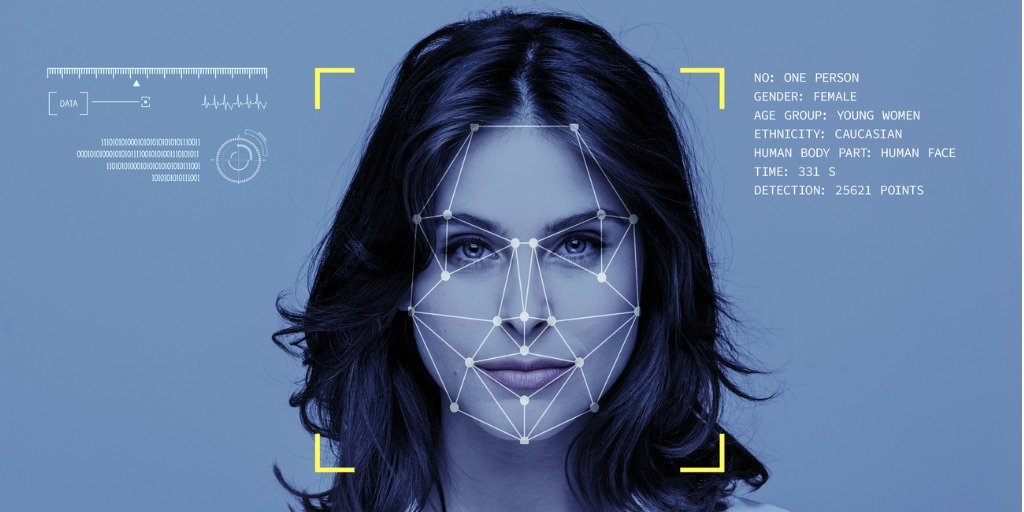
Three Skills Your Employees Need In 2022
One of the momentous impacts of the pandemic has been a fundamental shift in how and where people work. The repeated lockdowns accelerated a switch to virtual and digital for many. Whether working 100% from home or working a hybrid week attending a central office for certain days and tasks, or indeed as with many of our essential workers, perhaps never leaving the workplace at all, wherever you are, one thing is sure: the way we connect, communicate, and collaborate for work (and life) has shifted and will probably remain substantially altered for many of us in the future.
As vaccines roll out, certainly there will be a shift back to the workplace for many, but equally some organizations may never return entirely to a workplace. According to a recent survey, one in four Americans will be working remotely in 2022.[1] Wherever you are, it’s likely that a percentage of teams and departments will remain remote. As a consequence, workers must acquire new skills to survive and thrive in this unfolding, hybrid landscape.
Here are three overlapping core skills every employee needs:
- Discover and build your digital presence
- Research and adapt the right digital tools
- Develop Self Awareness
1 Discover and build your digital presence
As we all know, absolutely every life transaction today, from an impulse purchase of a new smart phone to applying for a new job, begins with a search. And this is true for both individual and organization. Many employers check candidates’ social media feeds for information before hiring while personal reputations can be created or damaged by the information we choose to publish about ourselves on social media. The truth is that our digital identity today is now as important if not even more important, than our physical identity.

The growth and acceptance of video-based platforms, like Zoom, Teams etc., allowed work and family life to continue over the last year but it means that there is an increasing number of colleagues, clients, and contacts that we may only ever interact with, online, and in the future, for a least a segment of this group, contact and interaction may remain virtual.
Creating a virtual presence that is professional and appropriate becomes a key skill for every employee going forward. Whether this is simply the profile photo you post on your professional networks or the quality of your webcam image as you join meetings with colleagues and clients, your digital representations are not trivial. Positioning, lighting, appearance including clothing, body language, sound and image quality, backdrop, facial expressions, we have all heard numerous anecdotes of virtual meeting ‘fails’ that highlight the dangers of not paying enough attention to our digital presence. And once we perfect a suitable and expert digital image, there remains the challenge of projecting and maintaining this behavior. This extends to voice, pitch and tone, style of delivery and management of delivery and exchange in meetings or virtual engagements.

This skillset of discovering i.e., becoming aware of your digital presence, and then perfecting it so that it hits all the right notes, is a core skill every employee and organization must look to hone and perfect.
2 Research and adapt the right digital tools
An experiment around Working from Home (WFH) in the Chinese travel agency, Ctrip in 2013, [2] showed that call centre employees who volunteered to WFH, produced a performance increase of 13%. Nine percent of that was achieved from doing more minutes per shift and 4% was from carrying out more calls per minute. The statistic is sometimes quoted to show how productive WFH can be. Indeed, there are more recent surveys that show that productivity, for many, rises when WFH.
Not all of us however are as productive as we might be. One essential aspect of managing the new world of work is to ensure you have the correct set of tools and techniques to hand.
Consciously choose your tools to match your new workforce culture. This involves intentionally planning and organizing what tools and platforms to use in the new hybrid workplace. While the Ctrip workers had call centre tools to hand, many individuals today do not have the appropriate digital tools to hand,or their organizations may not be taking the time to research and identify the correct toolset.
A new set of work skills is slowly emerging over the pandemic period, these are driven by the demands of the workplace. For example, basic digital housekeeping, and the resulting rule to document everything has now become more relevant than before. Given that we may no longer have coffees together in the canteen, we miss opportunities to share with work colleagues vital content, like the rationale behind a new decision, or the inspirational spark that moved product design in a new direction. We need to figure out how to document and share continually while also continuing to be as creative as ever, ideating and collaborating even when WFH. Many tools offer fabulous functionality in this sphere, like collaborative whiteboard spaces which are almost a new category of tool being adapted by organizations. Work collaboration platforms have come into their own while communication tools, even informal chat apps like What’s App, have become vital in keeping work teams synched up and communicating

Organizations need to figure out what toolset they will make available to their people. Training needs to be explicit with demonstrations of the benefits and affordances of each tool or platform. While WFH is not for every organization, there are some exciting new affordances of working in this manner, longer timelines may generate better decisions as many people come online in different times zones, and a decision timeline is extended and fuelled by more extensive thinking time and a wider number of stakeholders. Organizations need to consciously choose tools to match their new workforce culture and their people, so everyone has at their fingertips, the platforms and tools to succeed.
3 Develop self-awareness
Self-awareness is perhaps the one skill, above all others, to tide us over what lies ahead. It is the bedrock of all skills, whether that’s becoming aware of your digital presence, in order to enhance it or finding the right tools for you and your team to communicate and collaborate effectively

At a personal learning level, figure out what key skills you need to build on. Think about some of the newer ones emerging, for example, improved written communication skills to complement virtual engagement. For example, for many salespeople, high quality written proposals along with proposal presentation and communication become more critical in a virtual environment where they can no longer rely on the opportunity for face-to-face connection and exchange.
Managing your team at a distance virtually, over long time periods becomes crucial for many managers now. Be conscious of social and work isolation, make sure that you’re in touch with your team and leveraging social capital in an ongoing manner. Set up your own virtual water cooler with team mates so that you don’t miss out on this collaborative opportunity.
The work life balance equation has changed for many. Given the dramatic changes we face, we must focus on capacity building, both long and short term. These three skills of discovering and building your digital presence, learning how to team work effectively with the right digital tools and platforms, while all the time becoming more aware of what you personally bring to this world, may make the difference between success and failure in a future workplace.


